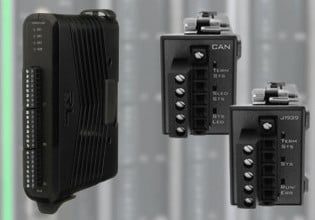R
Recently, I posted a message trying to co-relate DSP of MARK II and MARK V... One thing I understood from the reply is that TNR is the equivalent of DSP... It was also alluded in the reply about a recent posting on relation between TNR,TNH etc... I understood from that reference that TNR is the setpoint in percentage and TNH is the speed feedback in percentage... For a closed loop control system, if TNH is less that TNR, it will try to catch up with TNR... Right?? Now in our turbine I observed the following case :
Mode of Operation : Speed - Droop
TNR : 103.91%
TNH : 99.78%
NHP : 5060
Grid Freq : 49.56Hz
The question : Why is the Turbine not catching up with TNR though it is still approx. 4% below the setpoint?
Is it because the Grid frequency is giving a lesser output to the Min Value Gate..?? If that's the case then what is that signal..?? Min Value Gate has only five inputs : Viz. Temp loop output, speed loop o/p, start up o/p, shutdown o/p and acc. loop o/p... Where does the grid freq. figure in here..??
Regards
Rahul
Mode of Operation : Speed - Droop
TNR : 103.91%
TNH : 99.78%
NHP : 5060
Grid Freq : 49.56Hz
The question : Why is the Turbine not catching up with TNR though it is still approx. 4% below the setpoint?
Is it because the Grid frequency is giving a lesser output to the Min Value Gate..?? If that's the case then what is that signal..?? Min Value Gate has only five inputs : Viz. Temp loop output, speed loop o/p, start up o/p, shutdown o/p and acc. loop o/p... Where does the grid freq. figure in here..??
Regards
Rahul






